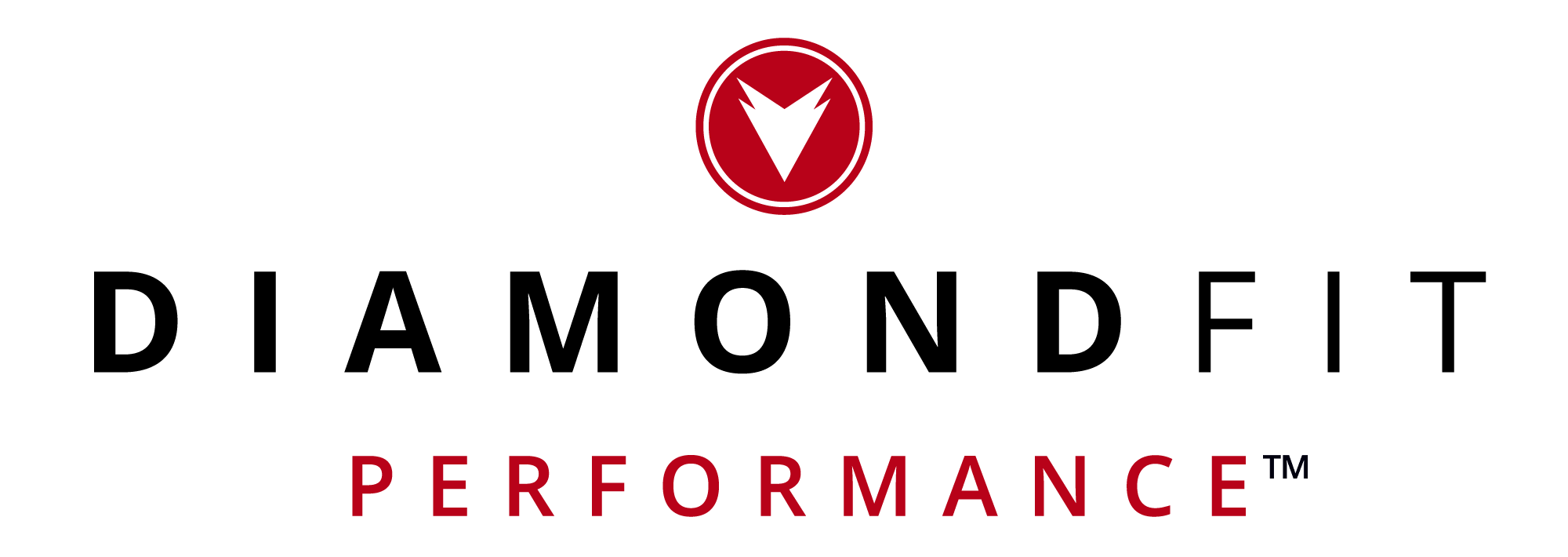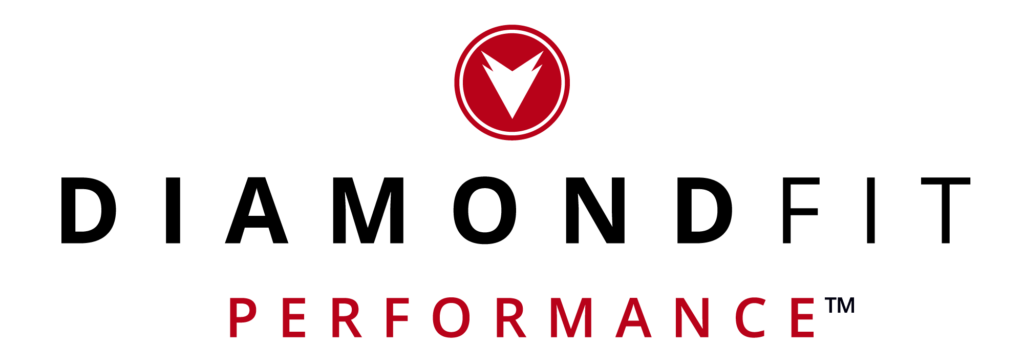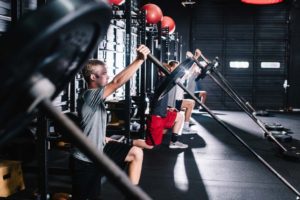
We only get to witness our favorite footballers in action when they’re on the field. They demonstrate superhuman speed and agility during the game, demonstrating their abilities with a brilliant catch here and an unstoppable defensive play there. Football players not only practice on the field but they hone and enhance their talents in the gym.
They spend more time on the weight machines and treadmills than they do in front of the Wembley or Old Trafford crowds because they can focus on intensive training that results in a stadium-worthy performance. Turn your attention to the gym if you want to see your own game improve. Further in the article, you will read about a list of the finest lifts to help you improve.
What Are The Most Important Muscle Groups For Football Players To Workout?
Football is a sport that only the strong can play. To improve power and resilience, the athletes engage in muscle-building workouts. Players add workouts, food, and supplements to complement their activities, and thus, these are the most important factors for athletes. Have you ever wondered which muscles you’ll need to participate in this sport? Here are some important muscle groups which play a prime role for football players.
Biceps and Triceps Muscles
When football players come onto the field, they are aware that they will face a lot of pushing and blocking. They wear shoulder guards and helmets to protect themselves from injury when participating in such activities.
Two of the most strongly involved muscles in this process are the biceps and triceps. Both are connected to the shoulder plates and muscles and are found in the upper arm. Strong players who put in the time and effort to properly train have little issue blocking opponents or moving forward to gain an edge. These muscles exhibit their true strength at this point.
Deltoid and Pectoral Muscles
They can be found on both the shoulders and the chest. When pushing and blocking opponents in a football match, they operate in tandem with the biceps and triceps. When reaching and grabbing the ball, football players must extend their arms high in the air in addition to pushing.
As a result, with such an activity, the deltoids will expand fast and firmly. When pressing, the pectoral muscles protect the chest while also extending the arms forward. If you’ve ever watched footballers race across the pitch, you’ve probably noticed how quickly their arms swing. When making these actions, these two muscles also provide support.
Core Muscles
When football players exercise, they concentrate on their core muscles in order to increase strength and power. They even augment their workouts with enhancement supplements from a trustworthy provider in order to strengthen these muscles. However, what is their principal function in the game?
They provide assistance when pushing and running over the field. You’ll know that the core provides stability to both the upper and lower body if you’re into fitness. The most significant portions of the core are the lower back muscles and abs, which let players catch passes and twist to all sides. As a result, they must be well-prepared through workouts in order to avoid damage during these motions.
Glutes and Hamstrings
These are the two most important muscles in the lower body. They provide upper-body support and allow footballers to dash across the field with enough strength when they receive the ball. They must have plenty of energy because football players are constantly on the move. Surprisingly, these two muscles are also used when football players push forward. As they push, they must keep their feet in a close posture.
Some of the Best Compound Lifts For Upper and Lower Body Workouts
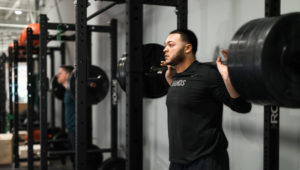
Compound Exercises are used for a variety of reasons. If you want to improve your general strength and get in a more effective and functional workout, a routine consisting of compound exercises is the way to go.
A compound workout is one that performs a movement while simultaneously engaging numerous muscle groups. The squat is an excellent example of a compound exercise since it engages several muscles in the legs and lower body, including the quadriceps, hamstrings, calves, glutes, and the core and lower back.
What Is an Upper and Lower Body Workout?
The concept of an upper/lower split workout is straightforward. An upper/lower split, as the name implies, is a workout plan that alternates between upper and lower body training. On one day, you do upper-body workouts, and on another day, you do lower-body activities.
Upper-Body Workout
It varies based on the needs of the individual. However, workouts and movements that target the chest, middle and upper back, shoulders, biceps, and triceps are common in upper-body splits. This is a good way to start the upper body workout. Here is the example of an upper-body workout:
Presses on The Chest: With a dumbbell in each hand, lie flat on your back on a weight bench. It’s critical not to overwork your muscles, so begin with a weight that feels comfortable and gradually increases the resistance. Exhale as you elevate your legs to a 90-degree angle and steadily raise both weights above your chest until your arms lock straight. As you lengthen your arms, carefully turn the palms of your hands inwards.
Lower-Body Workout
The abs, lower back, glutes, quadriceps, hamstrings, and calves are all targeted. On the other hand, some folks like to work on their lower back and abs on upper-body days and their legs on lower-body days. You can start with this exercise.
Lunges: Standing with your feet slightly apart is a good idea. Take a step forward and lower your body until your left knee is parallel to the ground with your right foot. Shoulders and your hips should be inlined with the left knee. Make sure your front (right) knee does not extend past your toes. Come back to the starting position and perform the exercise again, this time with the left knee forward. Squats and lunges are complex motions, meaning they engage many muscle groups and joints.
How Often You Should Workout Per Week To Build Muscle?
If you’re serious about building muscle, you’re probably also serious about dedicating the time and effort necessary to make your body stronger, fitter, and faster. One of the major concerns for most beginners is how much you should work out to create actual muscles? So here is the solution to this concern. You should be lifting weights at least three times per week. According to the research, at the very least, two days of training per week are required to enhance muscle growth.
How Can DiamondFit Performance Help
If you want to take your skill to new heights, the above-mentioned key muscle groups for football players to work on can assist you. If you need help performing these workouts on routine and committing to changing your performance on the field for the better, DiamondFit Performance of Raleigh may be the place for you. Our trainers can help you improve strength, speed, and stamina to the point where you will be unstoppable on the field. If you have questions about our weight training programs, fill out the contact form below for answers.
Ready to take the first step towards success? Contact us today!Contact DiamondFit Performance
